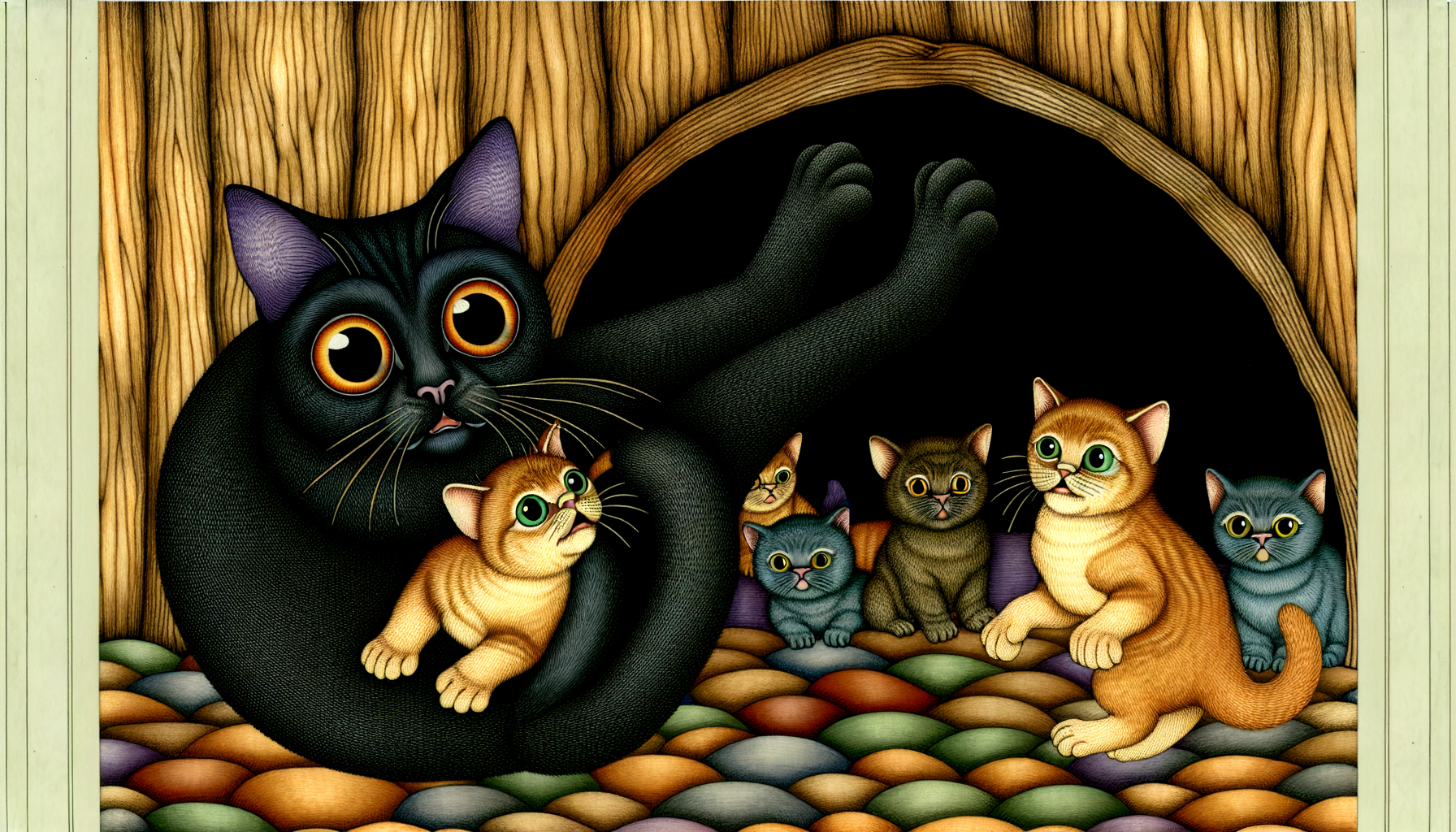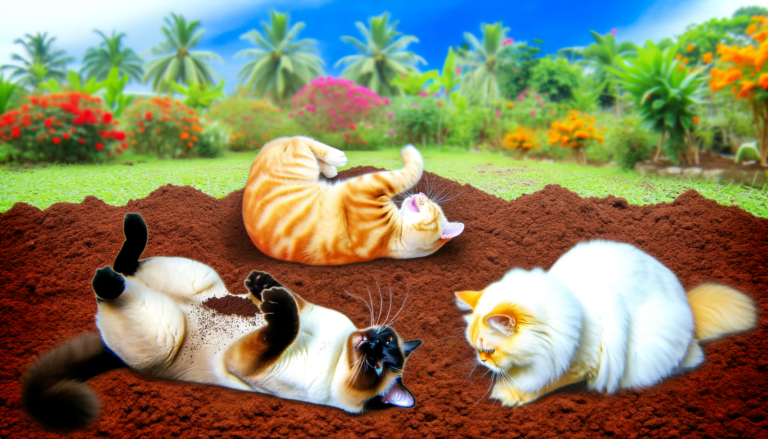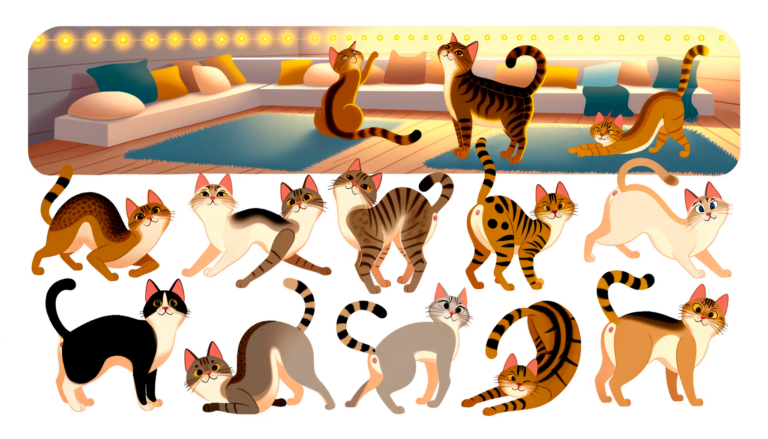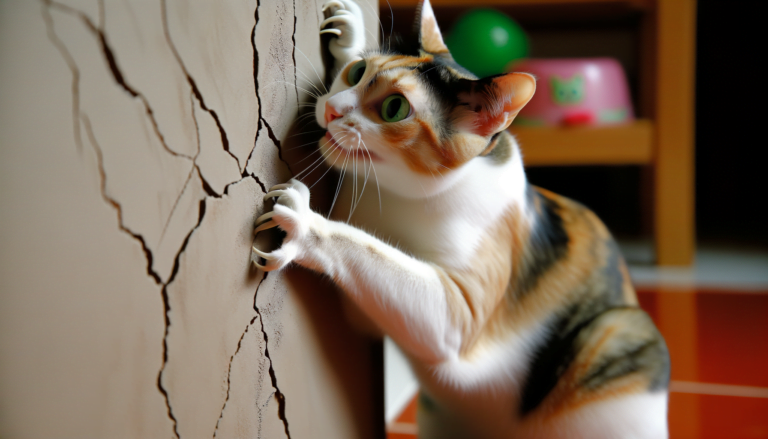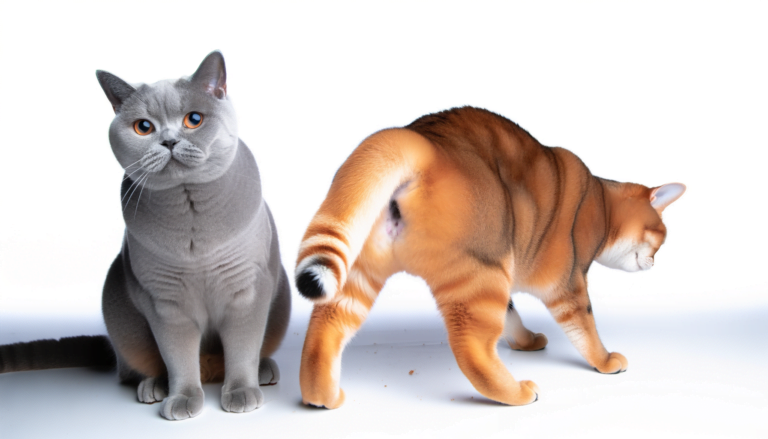Unraveling the Mystery: Why Mother Cats Relocate Their Kittens
Cats move their kittens primarily as a protective measure. Feline mothers are instinctively driven to safeguard their young ones from potential predators and threats. They accomplish this by frequently changing their nesting spots. Concealing the kittens’ locations helps keep the scents hidden, making it difficult for predators to find the kittens. Also, in cases where they might perceive the current scenery as unsuitable or too disturbing for the newborns, they don’t hesitate to find a quieter, serene place. Ensuring the safety and well-being of their offspring is paramount to a mother cat, thus leading to this particular behaviour.
How Do Cats Choose the New Location for Their Kittens?
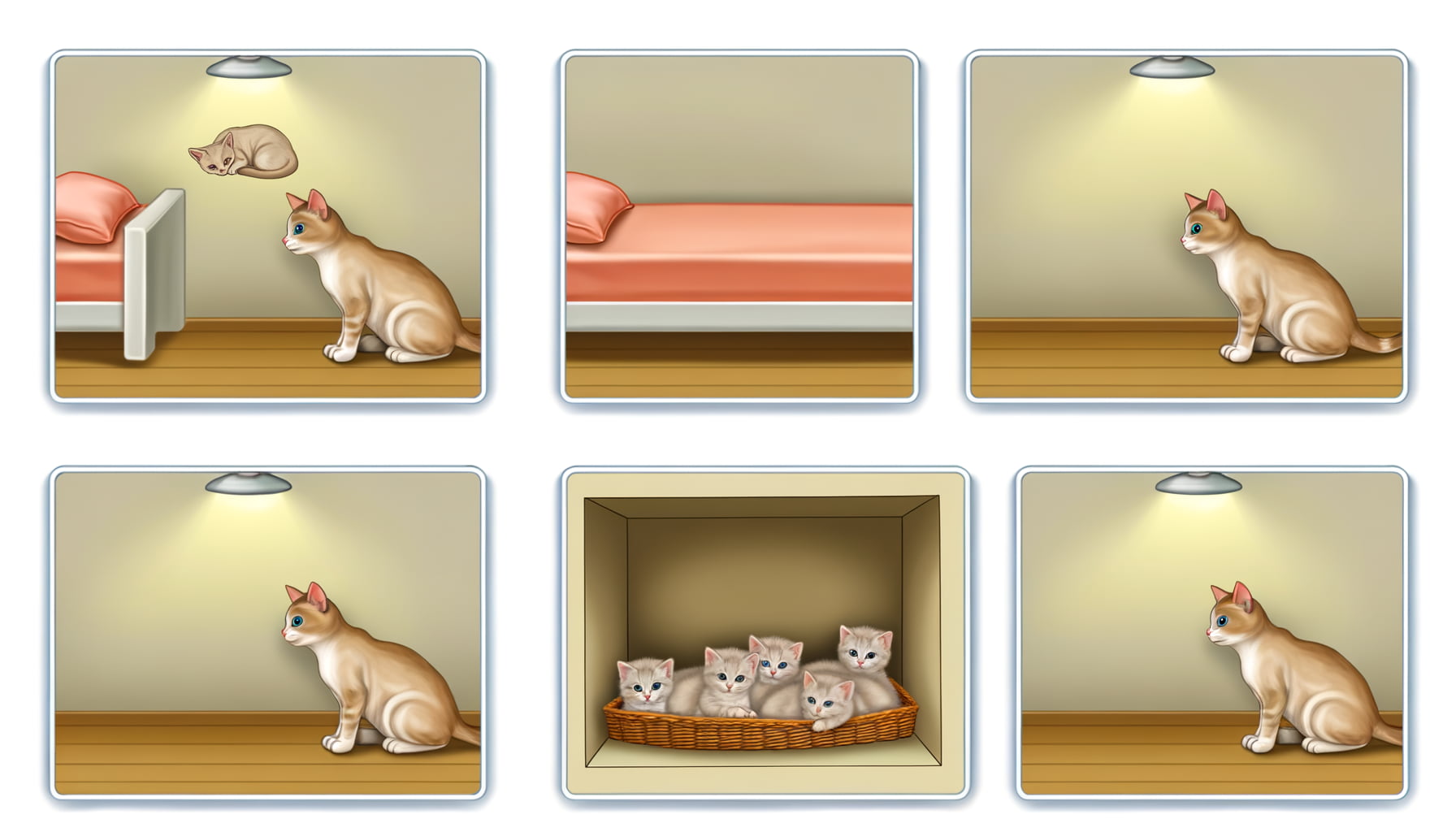
In determining the new site for her kittens, a mother cat takes into account several key factors. Paramount among these is safety. The new location needs to be secure from predators, disturbances, and devoid of extreme environmental conditions such as excessive heat or cold. It should ideally be in a secluded, untraversable alcove where the kittens can stay hidden.
A quiet atmosphere is another essential requisite. High noise levels can stress the kittens and the mother alike, compromising their overall well-being. The chosen site, therefore, needs to be as tranquil and serene as possible. Cats are skilled at selecting tucked-away spots in quiet areas – a talent that has assured their survival across various habitats.
Lastly, the new location must be reliable in terms of resources. Proximity to food and water sources is a vital consideration. Convenience for the mother cat, enabling her to adequately provide for her offspring, is another aspect. All these considerations play a crucial role as part of the cat’s decision-making process, helping to ensure the continuation and prosperity of her lineage.
Tips for Human Intervention When a Cat Relocates Kittens
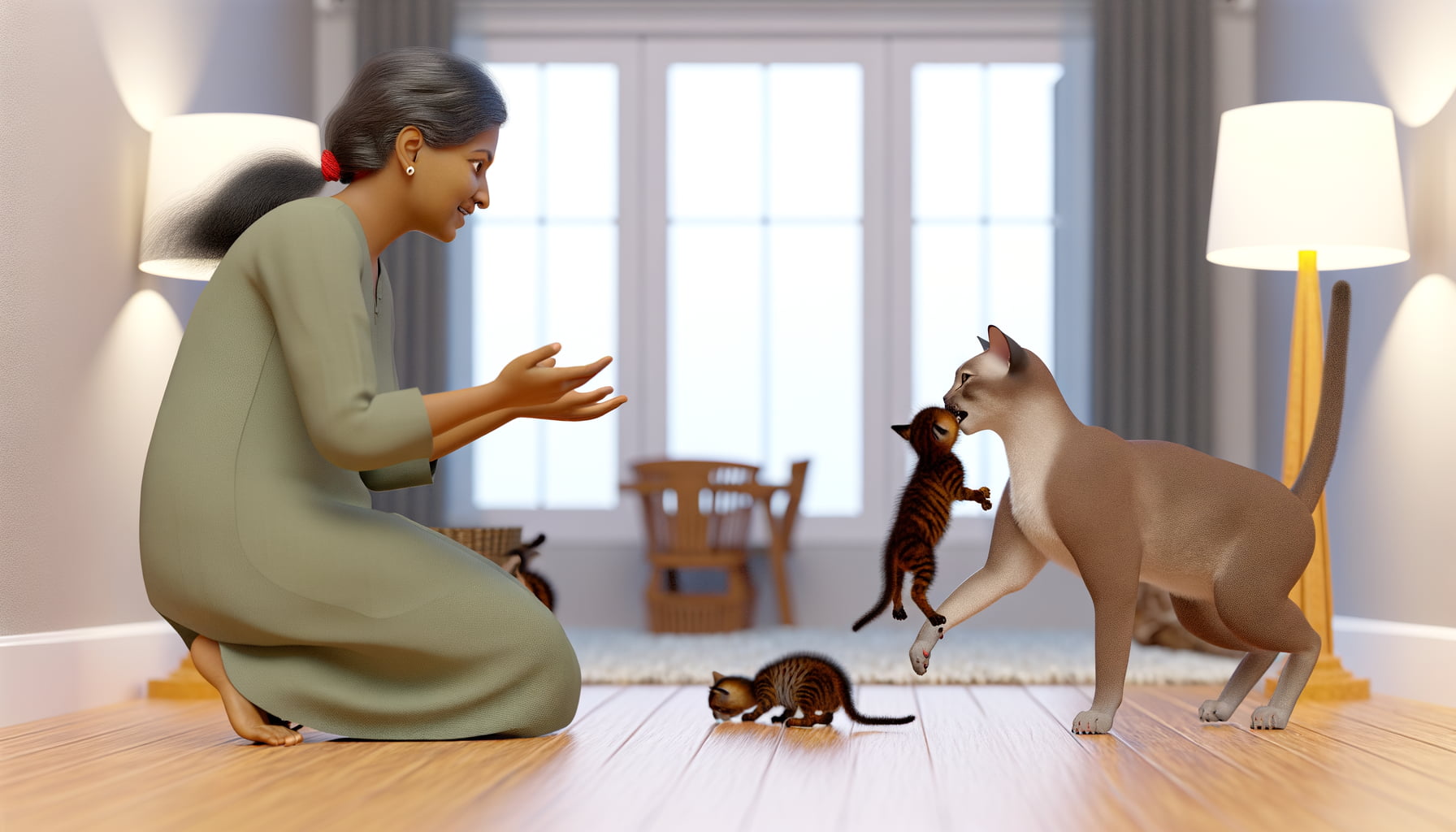
Observing a cat move her kittens can evoke a spectrum of feelings in humans. You might feel fascination, worry, or a strong urge to intervene. Crucially, it’s important to remember that the mother cat is acting out of a primal instinct to protect her offspring. Therefore, the key is to intervene minimally and respectfully.
When you discover that a mother cat has relocated her kittens, resist the impulse to move them back. Their mother has carefully chosen a new safe spot. A vital tip is not to hover around the new location, as your scent and presence may stress the mother cat, causing her to move the kittens again. Ensure the mother cat and her kittens have access to food and water, but provide these from a respectful distance.
Finally, the recommended strategy for human intervention is assistance, not interference. You could offer shelter if the kittens are exposed to the harsh elements, or consider contacting a local animal rescue organization if the kittens appear abandoned or the mother cat seems handicapped. Remember, the aim is to foster a safe environment that allows the cat to take care of her kittens naturally.
Understanding a Mother Cat’s Instincts
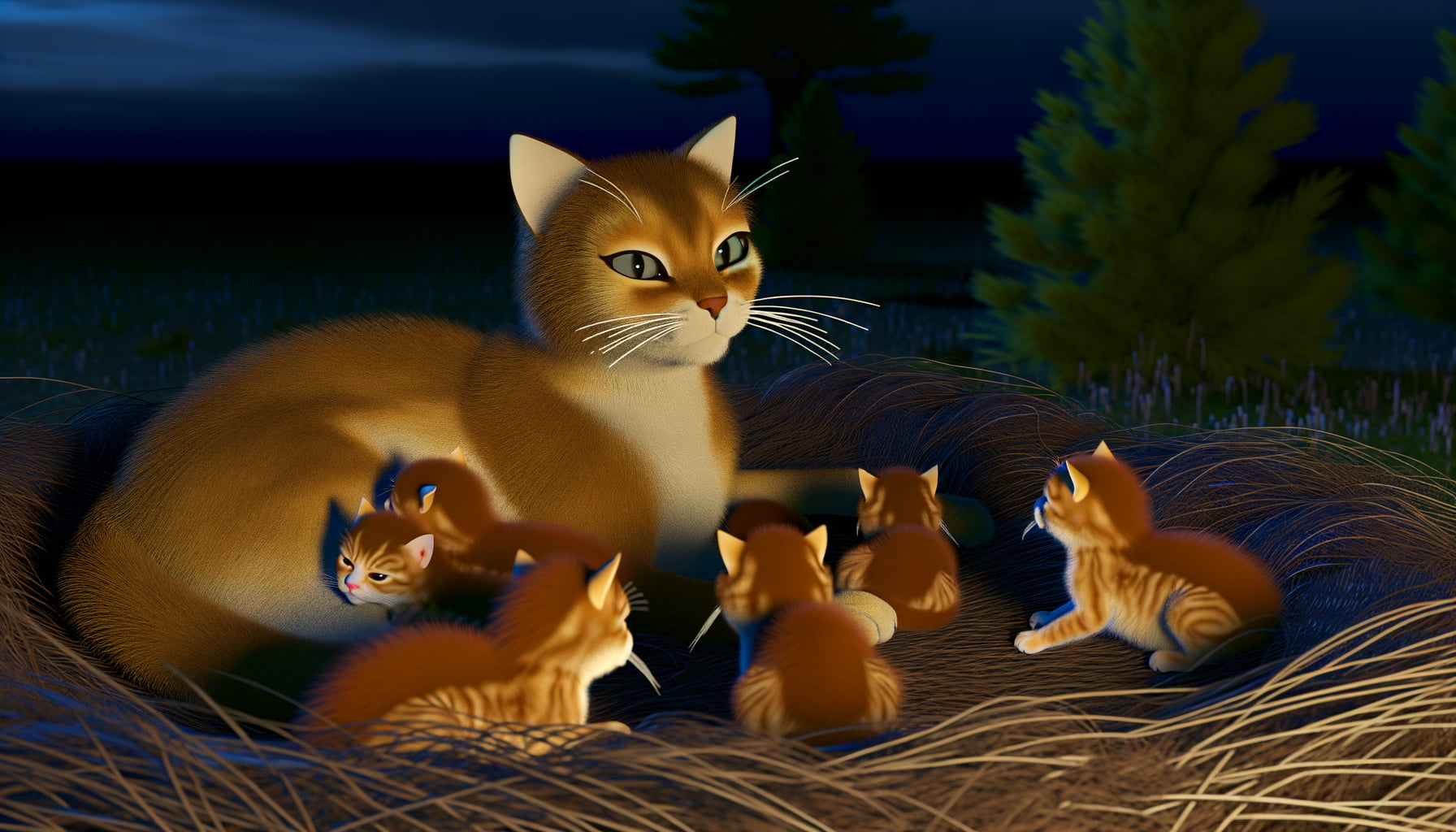
Recognizing the enigma of feline behavior, it is pivotal to grasp the maternal instincts of a mother cat. An integral part of this instinct is the relocation of her kittens. For a mother cat, her kittens’ survival is paramount, dominating her actions after giving birth. She does not casually decide to move her young. On the contrary, this act is driven by a deep instinct that has been honed by centuries of evolution.
From the moment kittens are born, their mother’s world revolves around their protection. Her actions might seem perplexing to us but are part of her inherent blueprint as a feline. Careful observation of patterns in her behavior can lead to greater understanding. She possesses an acute sense of danger, often triggered by perceived threats that might escape human perception. In response to these potential threats, the mother cat feels a compulsion to relocate her kittens to safeguard their well-being.
Mother cats also tap into their environmental cognizance when deciding on a new location. They look for a home base that provides concealment, safety from predators, and access to required resources. While the exact cues they depend on to navigate this decision remain elusive to researchers, it demonstrates the amazing adaptability and resilience of our domestic felines
Reasons Why Cats Might Relocate Their Kittens
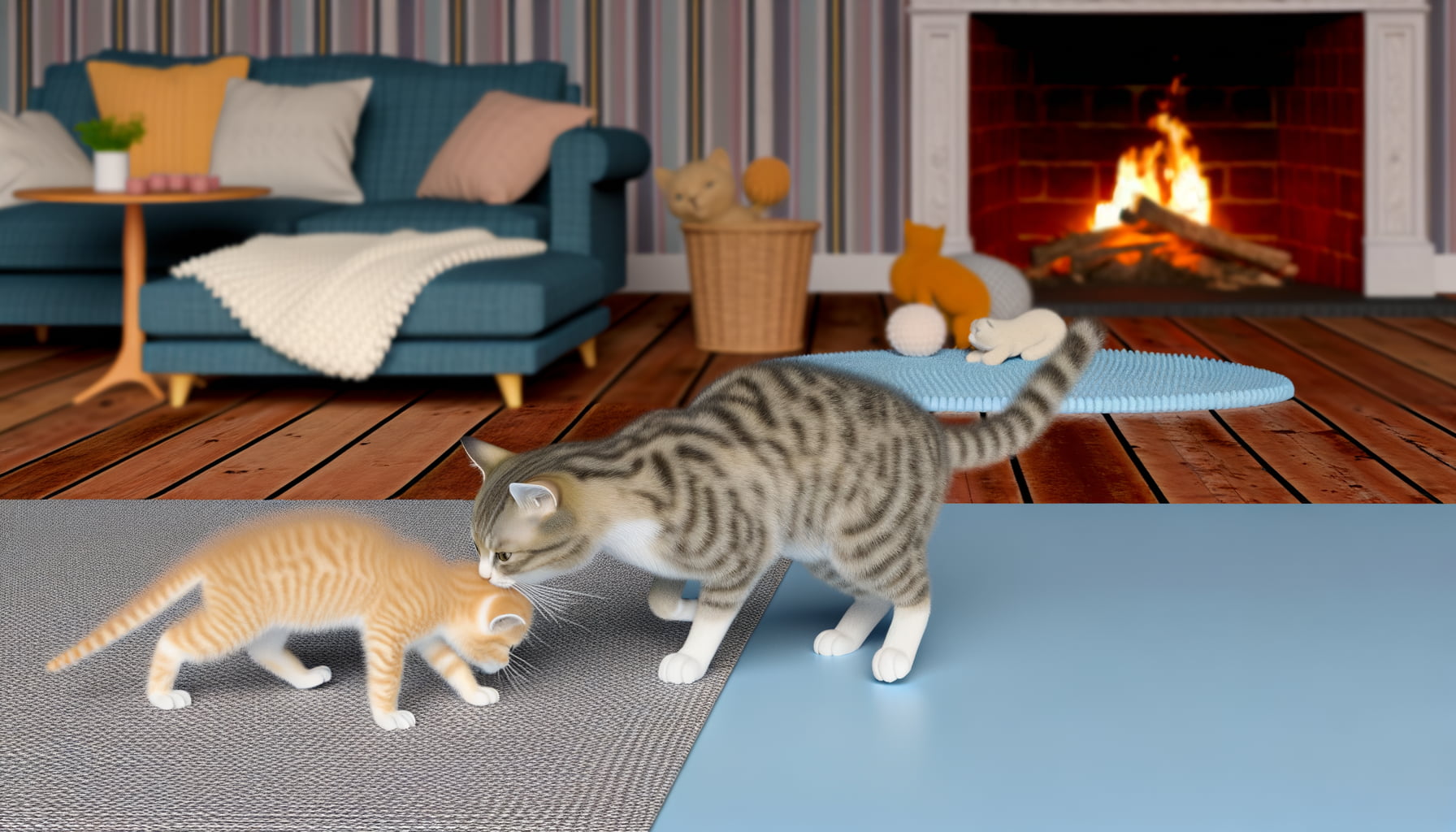
One of the primary reasons mother cats may relocate their kittens concerns danger. Cats have sharp instincts and can sense threats such as predators or environmental hazards in their vicinity. If a mother cat assesses a potential risk, she may decide to move her kittens to a safer location. This behavior is essential for the survival of the kittens, and it showcases the mother cat’s natural instinct to protect her offspring.
Another reason why cats might relocate their kittens pertains to disturbances. This can be frequent interruptions from other pets in the household or even excessive attention from humans. While it’s natural for pet-owners to want to interact with newborn kittens, it’s crucial to remember that too much handling can stress the mother cat. If she feels her kittens’ environment is too chaotic or stressful, she may opt to move them to a quieter, less disruptive location.
Lastly, cleanliness can also prompt a feline mom to relocate her kittens. Cats are notably meticulous animals, especially regarding their territory’s sanitary conditions. If the nesting area becomes soiled or dirty, the mother cat might move the entire litter to a cleaner space to ensure her kittens’ optimal health and hygiene conditions. This behavior is another demonstration of a mother cat’s instinctive drive to provide the best care for her kittens.
Conclusion
Understanding the intricate behavior of mother cats and their tendency to relocate their kittens sheds light on the depth of their maternal instincts. As we unravel the mystery behind this phenomenon, we gain a deeper appreciation for the complex relationships within the animal kingdom.
By delving into the world of feline behavior, we not only uncover the practical reasons behind this behavior but also marvel at the instinctual drive that guides mother cats in ensuring the safety and well-being of their offspring. The collection of insights into this intriguing behavior adds another layer of wonder to the mysterious and fascinating world of cats.
